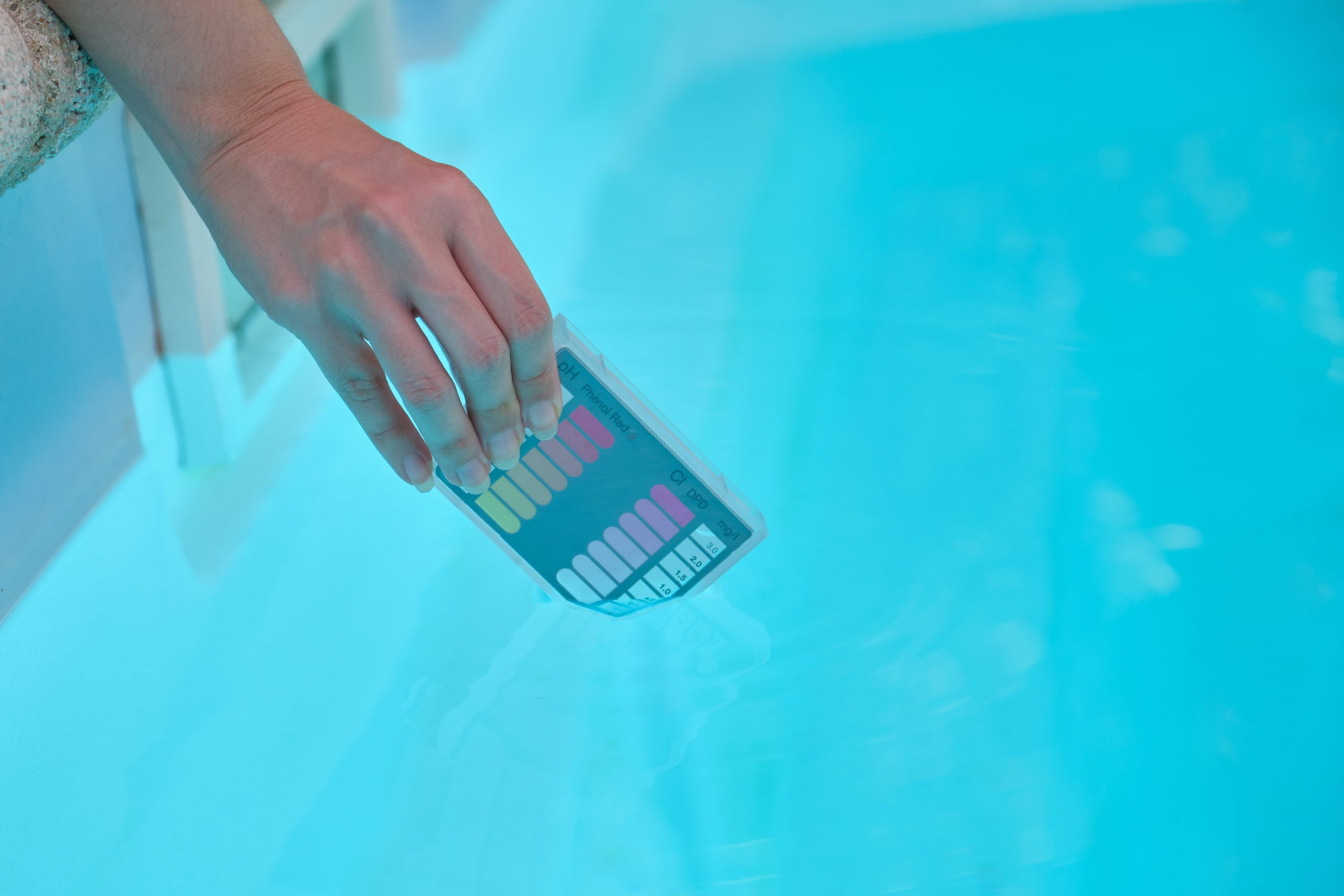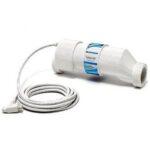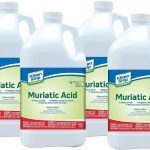
DIY Guide: Making Homemade Phosphate Remover for Your Pool
Phosphates are a common nutrient found in pool water, often introduced through sources such as fertilizers, leaves, and organic debris. While phosphates themselves are not harmful to swimmers, they can contribute to algae growth and reduce water clarity. Commercial phosphate removers are available, but making your own homemade phosphate remover can be a cost-effective and environmentally friendly alternative. In this blog post, we’ll explore how to make homemade phosphate remover using simple ingredients and easy-to-follow methods.
Understanding Phosphates in Pool Water
Phosphates are naturally occurring compounds that serve as nutrients for algae growth. When present in high concentrations in pool water, phosphates can fuel algae blooms, leading to green, cloudy water and increased maintenance requirements. Removing phosphates from the pool water can help prevent algae growth and maintain water clarity.
Ingredients for Homemade Phosphate Remover:
- White Vinegar: White vinegar, commonly used for household cleaning, contains acetic acid, which can help bind and precipitate phosphates in pool water.
- Liquid Dish Soap: Liquid dish soap acts as a surfactant, helping to break down organic matter and facilitate phosphate removal.
- Distilled Water: Distilled water is free of impurities and additives, making it ideal for diluting the phosphate remover solution.
DIY Methods for Making Homemade Phosphate Remover:
Method 1: Vinegar and Dish Soap Solution
- Measure Ingredients: In a clean container, mix together equal parts white vinegar and liquid dish soap. The exact quantities will depend on the size of your pool and the concentration of phosphates.
- Dilute with Water: Add distilled water to the vinegar and dish soap mixture to dilute the solution. The ratio of water to vinegar/dish soap mixture can vary depending on the phosphate levels in your pool.
- Stir Well: Stir the solution thoroughly to ensure that the vinegar and dish soap are evenly distributed in the water.
- Apply to Pool Water: With the pool pump running, slowly pour the homemade phosphate remover solution into the pool water, distributing it evenly across the surface.
- Allow to Circulate: Allow the phosphate remover solution to circulate in the pool for several hours or overnight to facilitate phosphate binding and precipitation.
- Test and Monitor: After allowing the solution to circulate, test the phosphate levels in your pool water using a phosphate test kit. Monitor the levels regularly and repeat the treatment as needed until the desired phosphate level is achieved.
Method 2: Direct Application
- Mix Ingredients: Alternatively, you can mix white vinegar and liquid dish soap directly into a spray bottle or garden sprayer without diluting with water.
- Spray on Pool Surface: Spray the homemade phosphate remover solution directly onto the pool surface, focusing on areas with visible algae growth or debris accumulation.
- Brush and Rinse: Use a pool brush to agitate the solution and scrub any affected areas. Allow the solution to sit for a few minutes, then rinse the pool surface thoroughly with water.
- Repeat as Needed: For persistent phosphate problems, repeat the application process as needed until the desired results are achieved.
Safety Precautions:
- Avoid using homemade phosphate remover solutions in large quantities, as excessive use may affect pool chemistry and water balance.
- Test pool water regularly to monitor phosphate levels and adjust treatment accordingly.
- Wear gloves and eye protection when handling vinegar and dish soap to prevent skin and eye irritation.
Conclusion:
Making homemade phosphate remover for your pool is a simple and cost-effective way to combat algae growth and maintain water clarity. By using common household ingredients such as white vinegar and liquid dish soap, you can effectively reduce phosphate levels in your pool water and enjoy a clean and inviting swimming environment. Experiment with different methods and concentrations to find the best solution for your pool’s needs, and enjoy crystal-clear water all season long.




